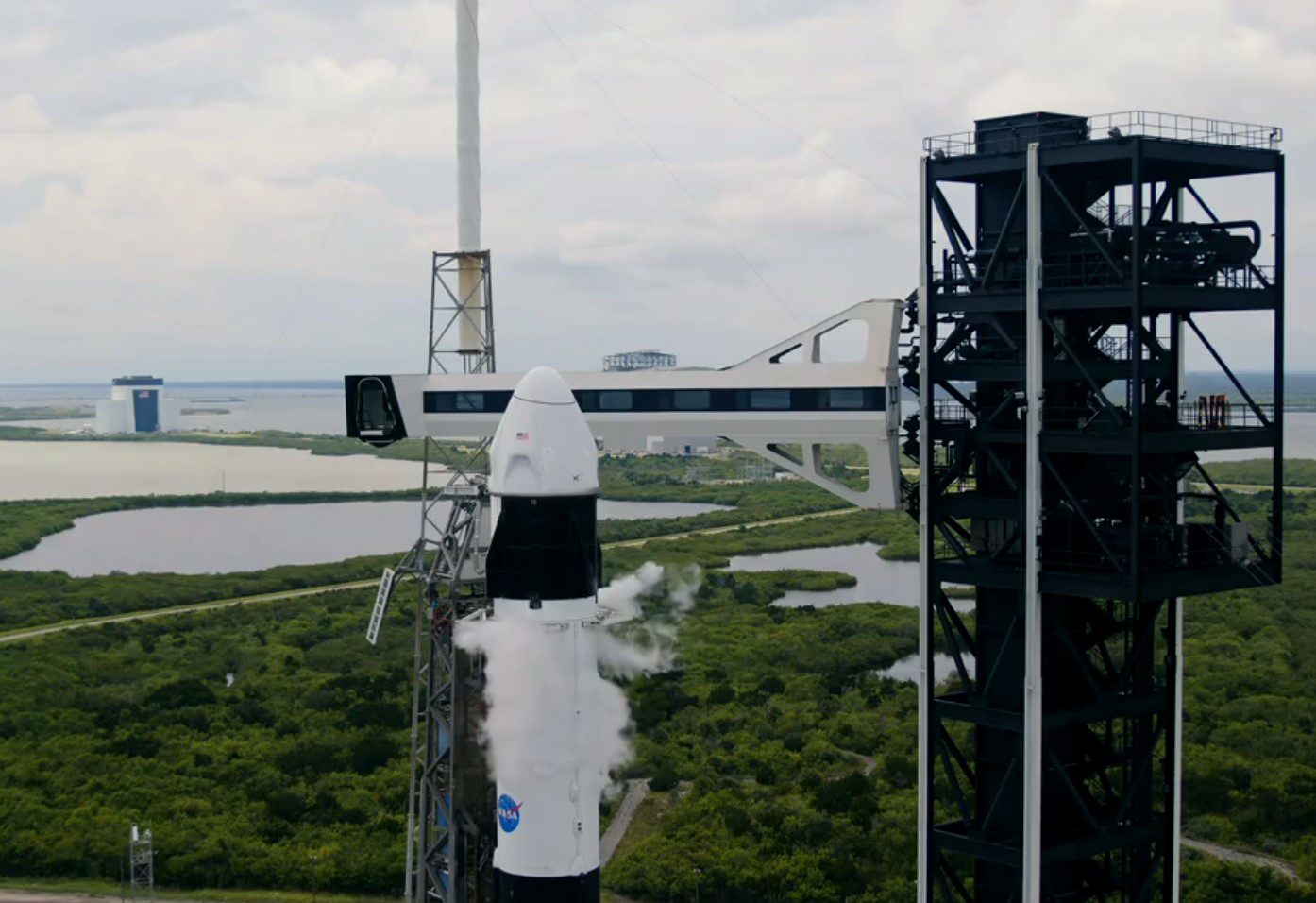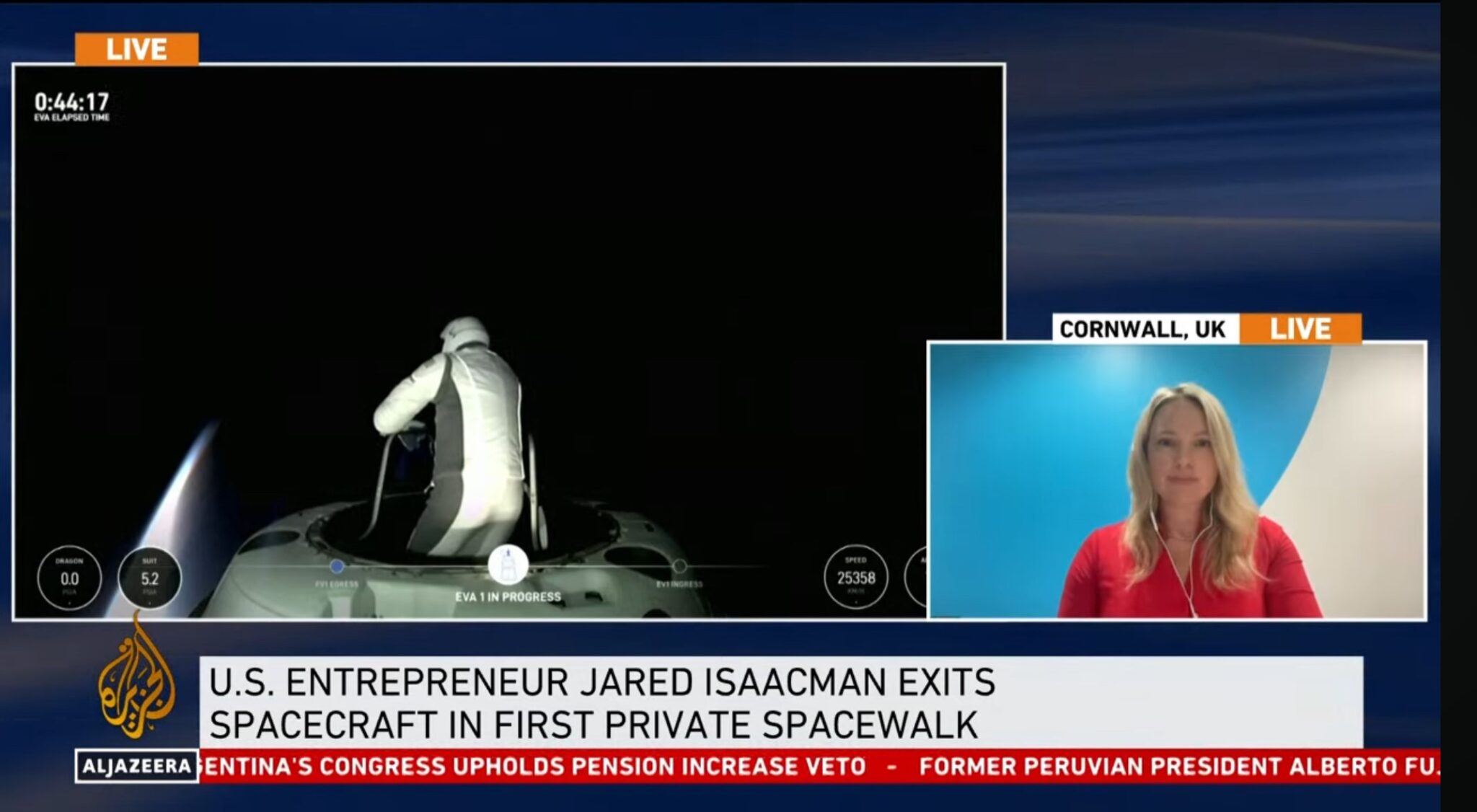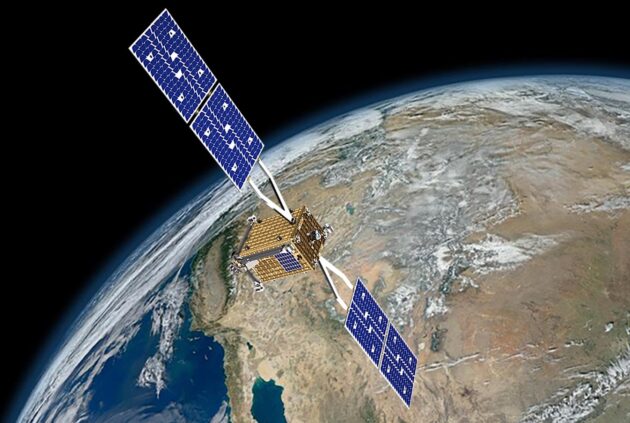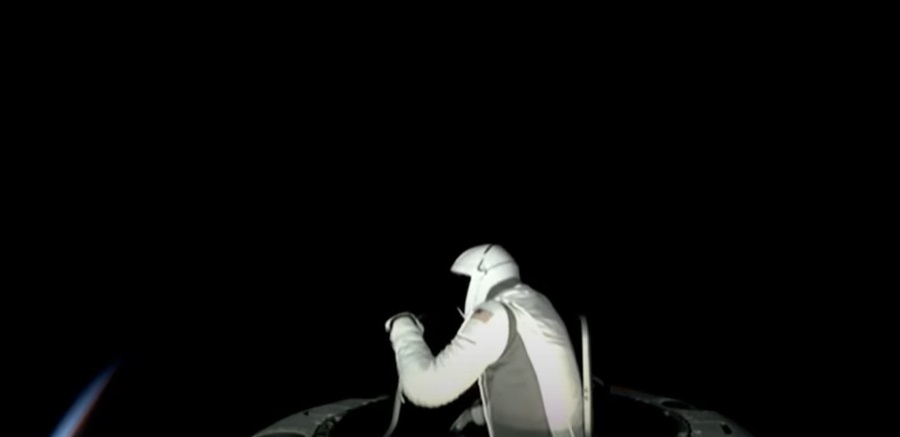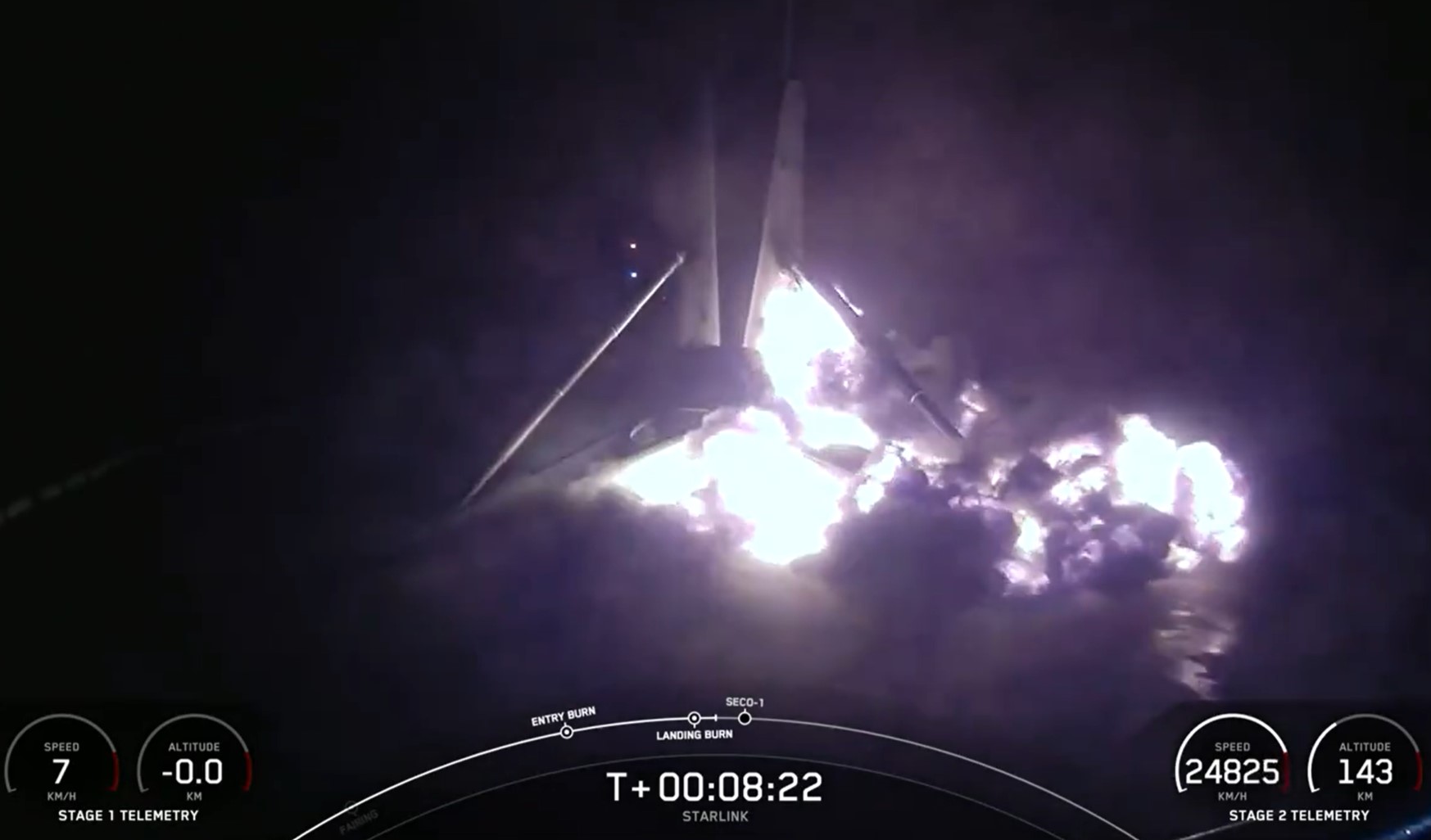China has launched the Tiangong-2 “man tended” spacelab/mini-space station as a forerunner for its planned full-sized space station. The Long March 2F/T2 (CZ-2F/T2) launch of the mini-space station module took place at 14:04 GMT on 15 September 2016, from the LC43 launch complex located at the Jiuquan Satellite Launch Center in Northern China.
The Long-March 2F/T2 (CZ-2F/T2) is an uprated version of the human-rated Long-March 2F rocket. It has been tailored to launch the heavy space laboratory and cargo craft. Modifications include removing the launch escape system, adding a larger payload fairing and employing heavier fuelled strap-on boosters for a longer initial burn time.
Tiangong-2, is externally a virtual copy of its predecessor Tiangong-1. However, it has undergone an upgrade to its living quarters and experimental areas, to provide a better environment for its visiting taikonauts (Chinese astronauts). The mini-space station is also out-fitted with a robotic arm which will enable additional technology demonstrations. In addition to the space station, aboard the launch was the Banxing-2 microsatellite which will be used to image the spacelab from an external position whilst in orbit.
The first manned flight to the Tiangong-2 station is expected to take place in October. After docking, the taikonauts will spend at least 30-days on board the spacelab. If this is achieved, a new Chinese record will be set for time spent in orbit.
This flight will be followed in early 2017 by the first launch of Tianzhuo, a specialist cargo craft designed primarily to refuel the spacelab. It will also carry food and water supplies to the mini-space station ahead of the visit of the next crew, who are expected to arrive in late 2017. Since the spacelab will be unoccupied when the cargo craft arrives, the docking of Tianzhuo will be performed using a completely automated system.
China continues to work on a full-size space station which will be based on docked Tiangong-style modules. It is expected to be launched in 2020. This space station will be continuously occupied by humans once in full operation.
Post script: There is growing concern over the likely uncontrolled re-entry of the 8 metric ton Tiangong-1 space station as large amount of debris is expected to survive re-entry late next year. Chinese controllers have lost control of the spacecraft.

